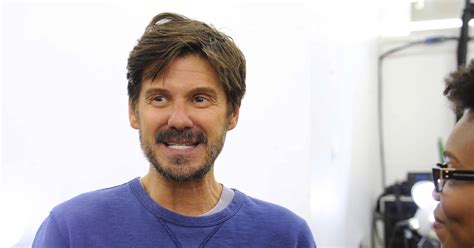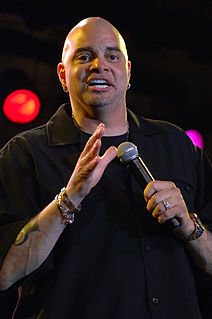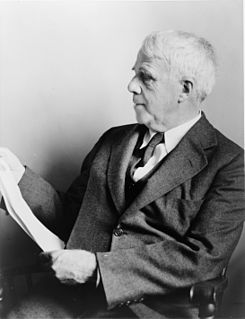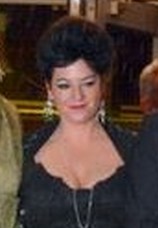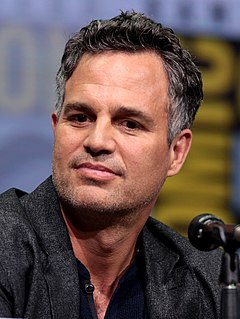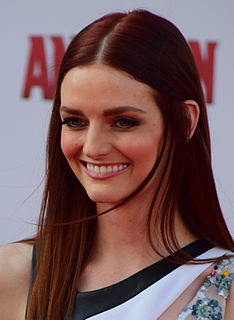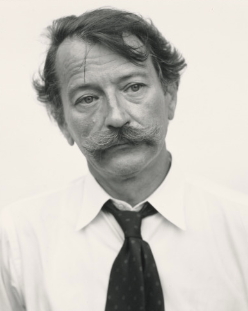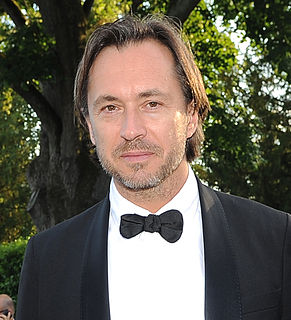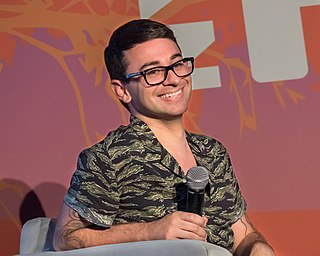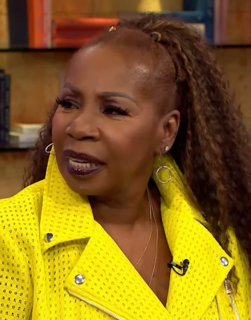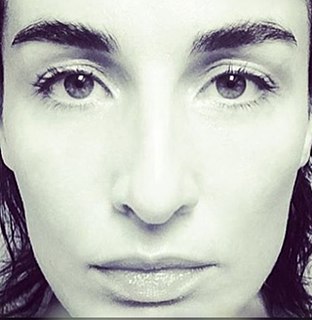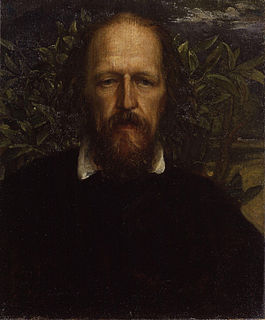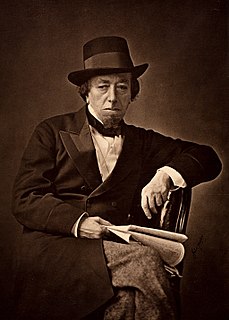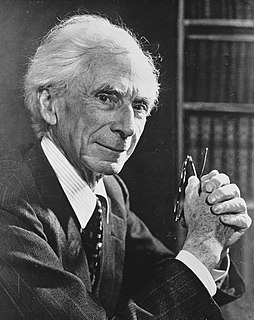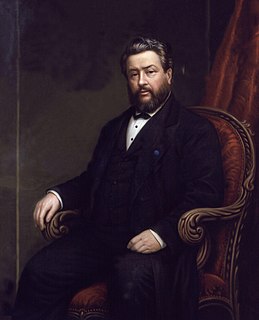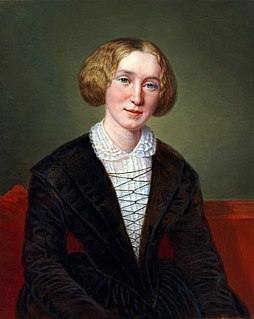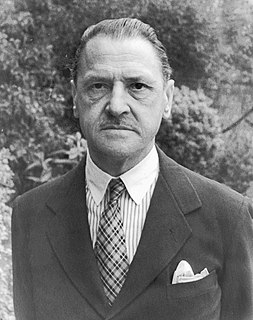A Quote by Guido Palau
To be a good hairdresser, you have to understand what the vision is of the designer or the photographer and then sort of add your thing.
Quote Topics
Related Quotes
Take my gay-hairdresser routine. You'll let your hairdresser say things to you that you wouldn't let your parents say. My hairdresser will say the funniest things, so I asked him if I could put him in my routine - you know, make fun of him in a good way. He said, 'Oh, mention my name, mention my name!'
Don't try and change things for other people. Don't try and be persuaded by producers and people to change your vision. If you stick to your vision and you're true to yourself, it kind of works. I mean, it's tough. It's a big Fitzcarraldo journey, but then you'll have your good karma at the end of the day. You'll have your good soul. You know, if you start to sell little bits of it, you, you become nothing and nobody, and you don't have any vision remaining.
Composition is what's similar between being photographer and director. As a photographer, you're sort of doing everything - you're directing the lights and you're framing and you're moving around. The hardest thing to learn as a director is how cameras have to move. You have to have patience, you have to learn how to look through the lens and then you have to learn to combine all of the compartments into one great image.
You have sole ownership of your vision. And the Universe will give you what you want within your vision. What happens with most people is that they muddy their vision with “reality”. Their vision becomes full of not only what they want but what everybody else thinks about what they want, too. Your work is to clarify and purify your vision so that the vibration that you are offering can then be answered.
The first thing you do as a producer is you try to understand the director's vision in as deeply a way as you can. Sometimes, you end up with a director that has more vision or sometime they have less vision. You hope that they have more. In the case where they have more, you need to understand it in the deepest way you can.
One of the best things I ever did was to train in a practical skill. I love computers and they've become such a part of life, especially to the world of design. But it's important to understand that they are a tool, as much as a hammer or a saw is a tool. Computers don't help you design. There needs to be more emphasis on training young designers in how to build things. A good writer needs a good vocabulary. A good designer needs to understand his materials and processes. You can't, as a successful designer, pretend to get any respect if you don't know how things are made.
How a designer gets from thought to thing is, at least in broad strokes, straightforward: (1) A designer conceives a purpose. (2) To accomplish that purpose, the designer forms a plan. (3) To execute the plan, the designer specifies building materials and assembly instructions. (4) Finally, the designer or some surrogate applies the assembly instructions to the building materials. What emerges is a designed object, and the designer is successful to the degree that the object fulfills the designer's purpose.
You have to accept that the moment you hand a script to a director, even if you've written it as an original script, it becomes his or her movie. That's the way it has to be because the pressures on a director are so staggering and overwhelming that if he or she doesn't have that sort of level of decision making ability, that sort of free reign, the movie simply won't get done. It won't have a vision behind it. It may not be your vision as a screenwriter, but at least it will have a vision.
You've got to have a vision and an intention and that will guide what you do. I call it devotion. Ask yourself, "Is this not moving me toward where we need to be?" I believe that's helpful because a vision pulls you forward and it keeps you focused. A vision for the day, for the week, for the month and a lifelong vision - whatever works for you. And then you govern your activities and your behaviors accordingly.
